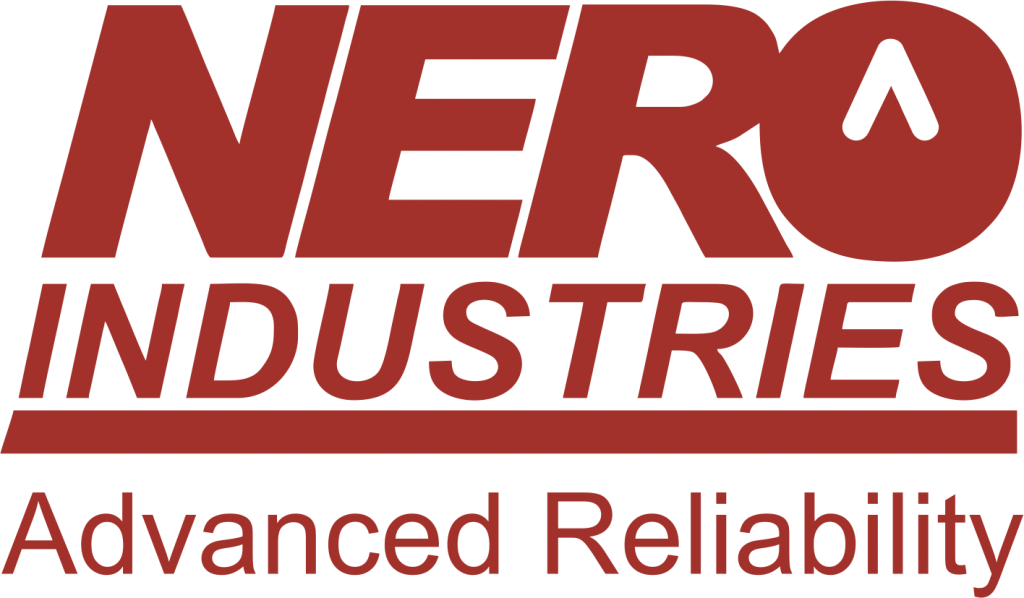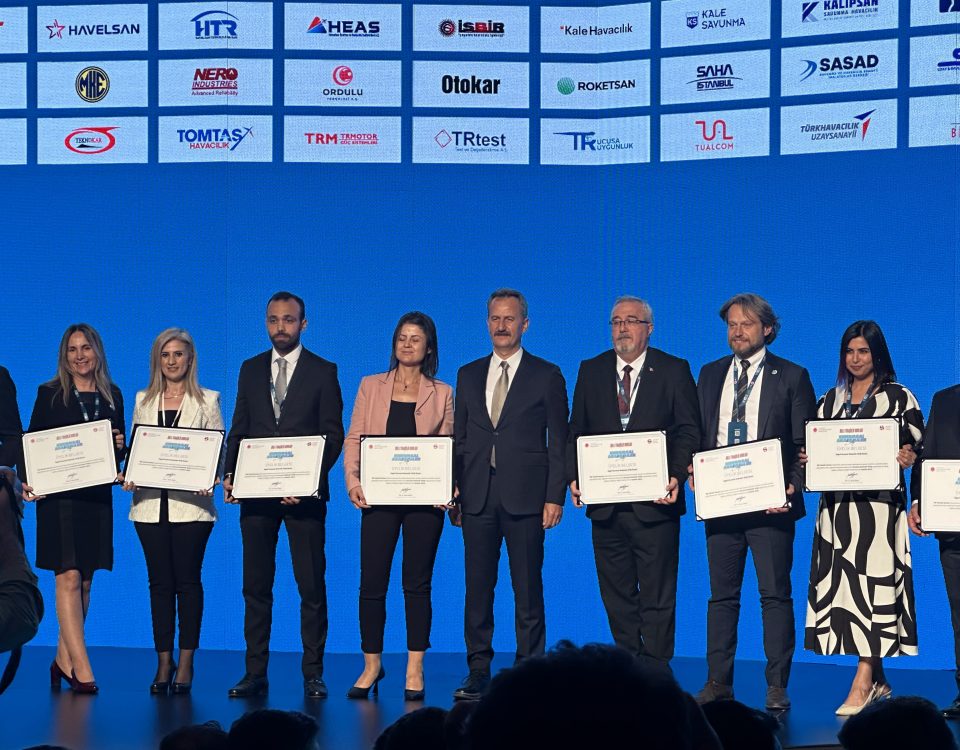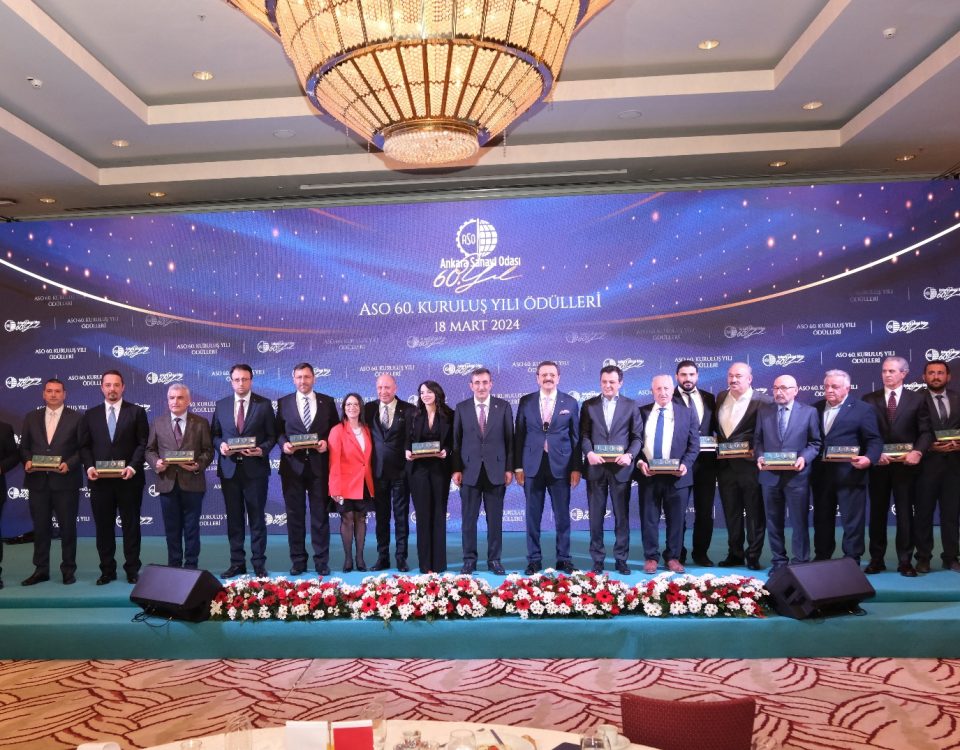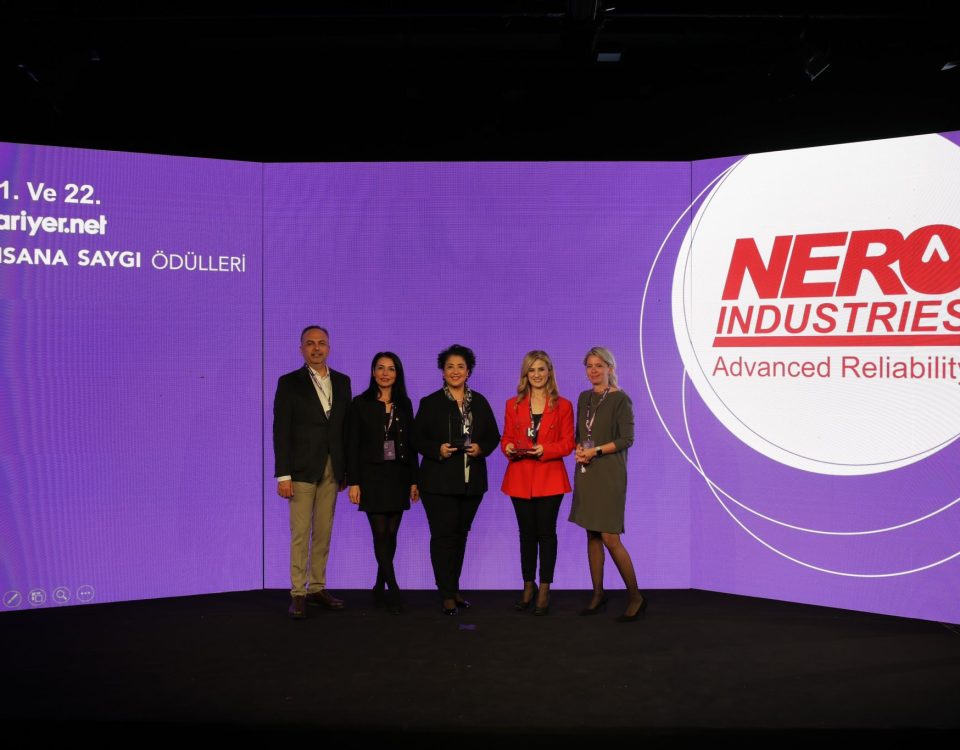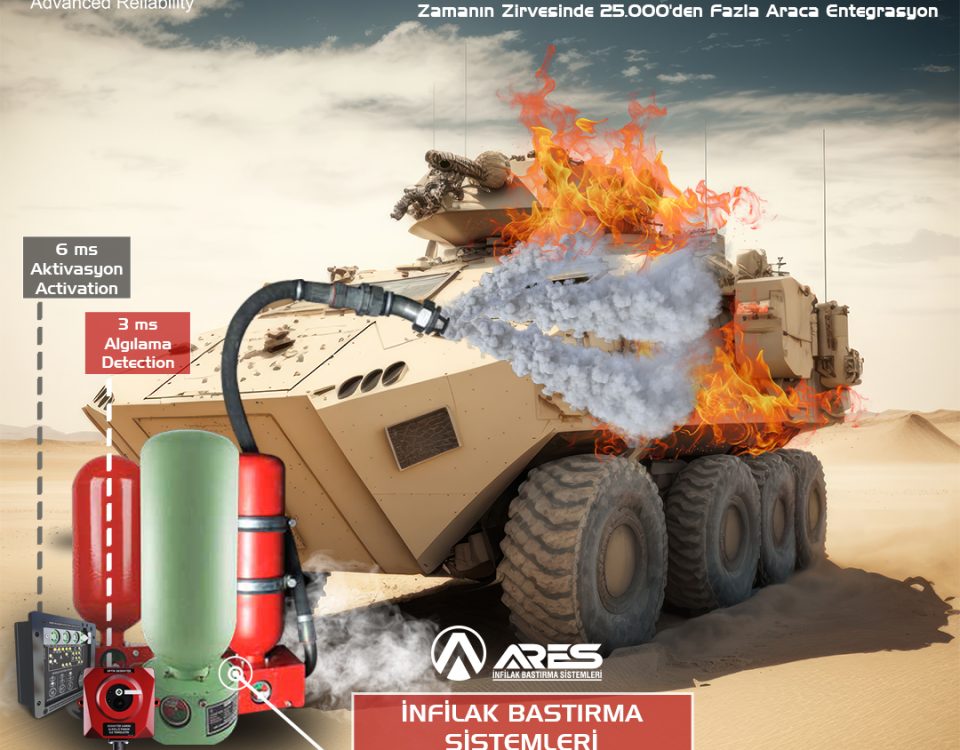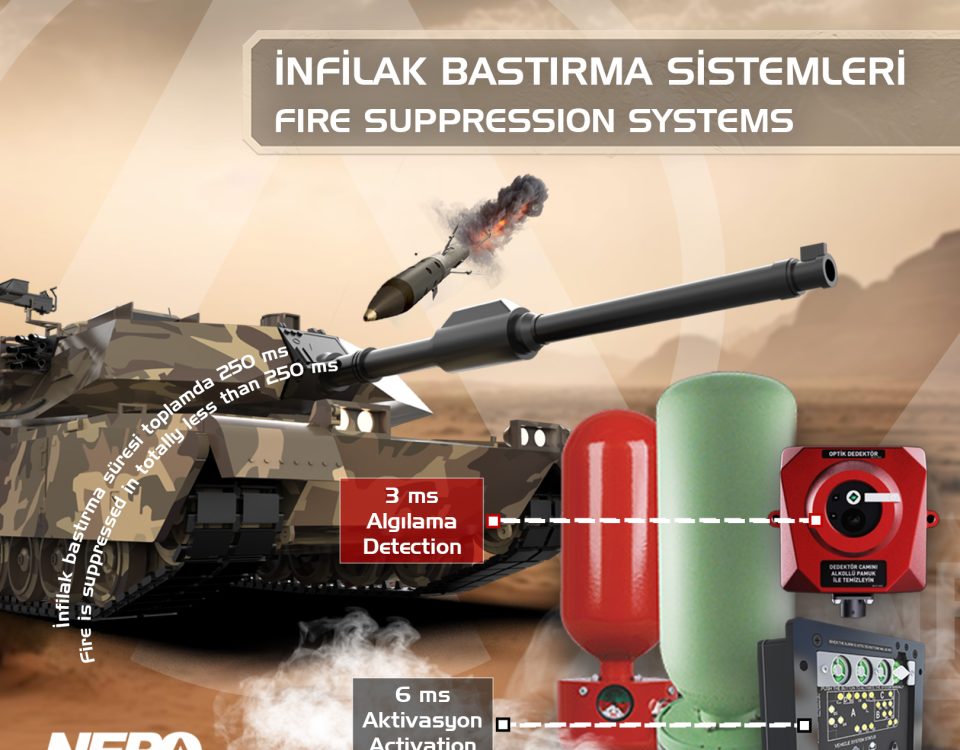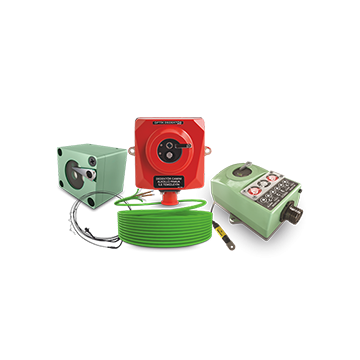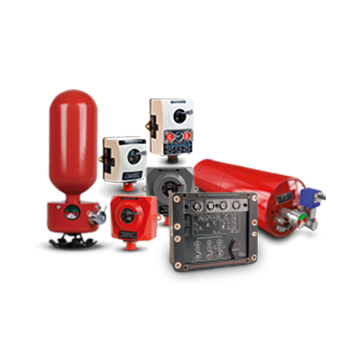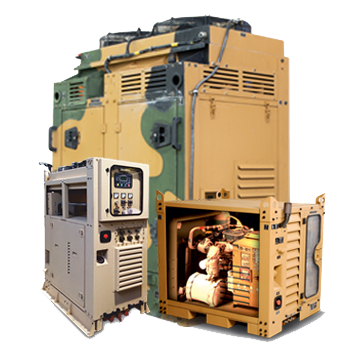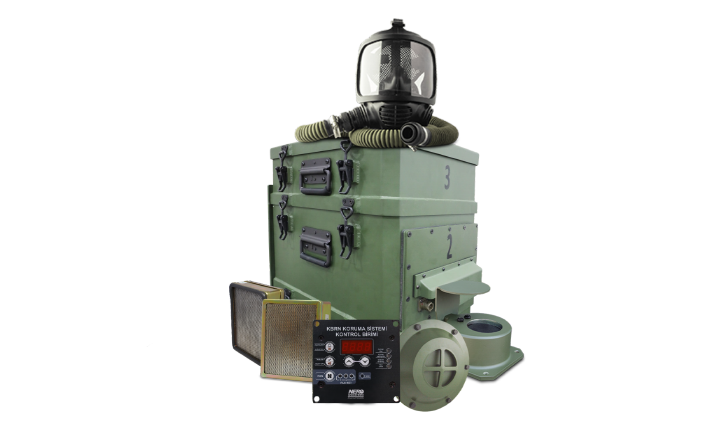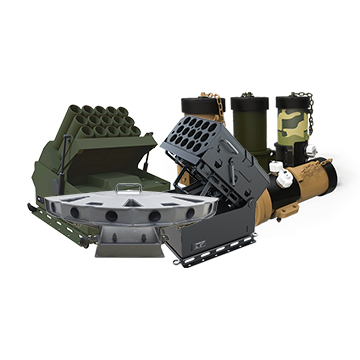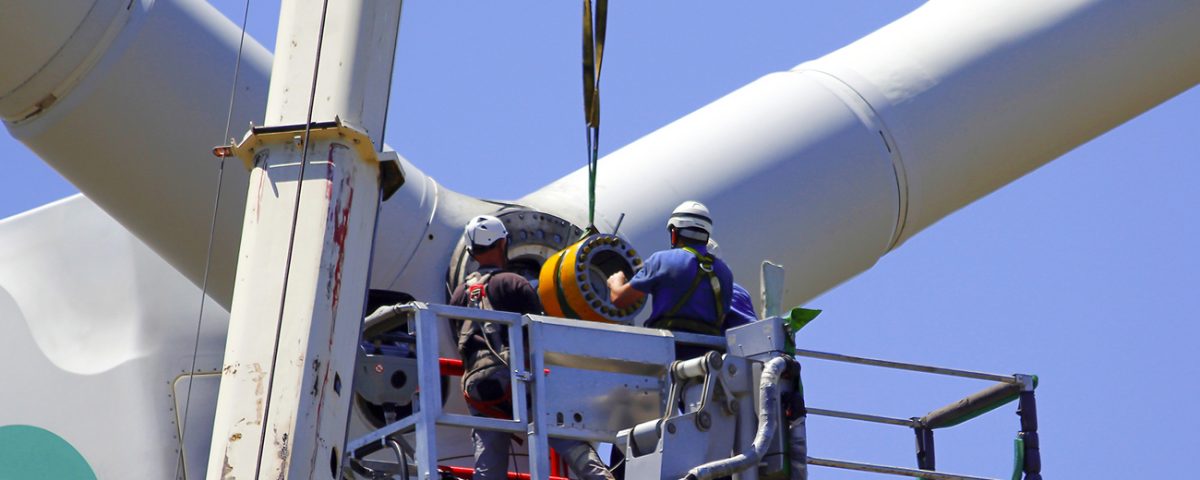- HOME
- CORPORATE
BRIEF OVERVIEW TO NERO
NERO Industry which operates in United States of America, Bulgaria and Turkey at Ankara headquarters, is one of the largest subsystem manufacturers in Defence Industry.
- PRODUCTS
- SOLUTIONS
4x4 Armored Personal CarriersFire Suppession, Laser Warning & Smoke Grenade Launcher, CBRN Detection & Filtration SystemsLearn More8x8 Armored VehiclesPower, Laser Warning & Smoke Grenade Launcher, CBRN Detection & Filtration SystemsLearn More
Fire, Yangın, Fire Suppression, Yangın Söndürme, Fire Extinguisher, Yangın Söndürücü, Extinguish, Söndürmek, Suppress, Bastırmak, Armored Vehicle, Zırhlı Araç, Armored, Zırhlı, Explosion Protection, Patlama Koruma, Military Safety, Askeri Güvenlik, HFC227ea, HFC227ea, FM200, FM200, Gas Suppression, Gaz Söndürme, Gas Agent, Gaz Ajanı, Fire Suppression System, Yangın Söndürme Sistemi, Fire Extinguishing System, Yangın Söndürücü Sistem, Fire Cylinder, Yangın Tüpü, Fire Suppression Cylinder, Yangın Söndürme Tüpü, Extinguishing Cylinder, Söndürücü Tüp, Cylinder With Hose, Hortumlu Tüp, Cylinder With Deflectors, Difüzörlü Tüp, RPG Protection, RPG Koruma, ATGM Protection, ATGM Koruma, Explosive Safety, Patlayıcı Güvenlik, NATO Stanag, NATO Stanag, Bogazici Savunma, Bogazici Savunma, Forum Engineering, Forum Engineering, AMAREX, AMAREX, Spectrex, Spectrex, Kidde, Kidde, Detectors, Dedektörler, UVIR Detectors, UVIR Dedektörler, Blackout Mode, Kapatma Modu, Aspiration System, Emme Sistemi, Safety Critical, Kritik Güvenlik, Controller Units, Kontrol Üniteleri, Control Detectors, Kontrol Dedektörleri, Fire Nozzle, Yangın Başlığı, Hydraulic Piping, Hidrolik Borulama, Valve System, Vana Sistemi, Double Shot, Çift Atış, Fire Safety, Yangın Güvenliği, Explosion Control, Patlama Kontrolü, Military Vehicles, Askeri Araçlar, Armored Safety, Zırhlı Güvenlik, Critical Safety, Kritik Güvenlik, Fire Detection, Yangın Algılama, Suppression Technology, Söndürme Teknolojisi, HFC227ea System, HFC227ea Sistemi, FM200 Suppression, FM200 Söndürme, RPG Defense, RPG Savunması, ATGM Defense, ATGM Savunması, Explosive Defense, Patlayıcı Savunma, NATO Defense, NATO Savunması, Fire Fighting, Yangınla Mücadele, Vehicle Fire Suppression, Araç Yangın Söndürme, Military Fire Suppression, Askeri Yangın Söndürme, Gas Fire Extinguisher, Gaz Yangın Söndürücü, Portable Fire Extinguisher, Taşınabilir Yangın Söndürücü, Data Center Safety, Veri Merkezi Güvenliği, Sensitive Equipment Protection, Hassas Ekipman Koruma, Electrical Fire Safety, Elektrik Yangın Güvenliği, FM200 Fire Protection, FM200 Yangın Koruma, HFC227ea Extinguisher, HFC227ea Söndürücü, Gas Cylinder, Gaz Tüpü, Marine Fire Suppression, Denizcilik Yangın Söndürme, Industrial Fire Safety, Endüstriyel Yangın Güvenliği, Oil Refinery Fire Protection, Petrol Rafinerisi Yangın Koruma, Power Generation Fire Safety, Enerji Üretim Yangın Güvenliği, Medical Facility Fire Safety, Tıbbi Tesis Yangın Güvenliği, UVIR Detection, UVIR Algılama, Flame Detectors, Alev Dedektörleri, Fire Suppression Valve, Yangın Söndürme Vanası, Fire System Controller, Yangın Sistemi Kontrolörü, Fire Alarm System, Yangın Alarm Sistemi, Advanced Suppression System, Gelişmiş Söndürme Sistemi, Emergency Fire Suppression, Acil Yangın Söndürme, Quick Response Fire Safety, Hızlı Müdahale Yangın Güvenliği, No Residue Fire Suppression, Kalıntı Bırakmayan Yangın Söndürme, Clean Agent Suppression, Temiz Ajan Söndürme, Safe Fire Suppression, Güvenli Yangın Söndürme, Explosion Safe, Patlamaya Dayanıklı, Gas Fire Suppression, Gaz Yangın Söndürme, Fire Hose Cylinder, Yangın Hortum Tüpü, Fire Deflector System, Yangın Difüzör Sistemi, Multi Shot Suppression, Çoklu Atış Söndürme, Marine Safety, Denizcilik Güvenliği, Fire Prevention, Yangın Öncesi Koruma, Industrial Fire Suppression, Endüstriyel Yangın Söndürme, Military Protection, Askeri Koruma, Tank Protection, Tank Koruma, Defense Vehicle Safety, Savunma Aracı Güvenliği, Combat Vehicle Fire Safety, Savaş Aracı Yangın Güvenliği, Vehicle Fire Detection, Araç Yangın Algılama, Critical Fire Safety, Kritik Yangın Güvenliği, Crew Safety, Ekip Güvenliği, Engine Fire Suppression, Motor Yangın Söndürme, Tire Fire Safety, Lastik Yangın Güvenliği, Wheel Fire Suppression, Tekerlek Yangın Güvenliği, Body Fire Suppression, Gövde Yangın Güvenliği, Automatic Fire Suppression, Otomatik Yangın Söndürme
- 3PRESS
Kariyer.net İnsana Saygı Ödülü
19 October 2023Fire Suppression Systems: Essential Solutions by Nero Industry
19 September 2024
LATEST NEWS
BLOG
- CATALOGS
ARES - FIRE SUPPRESSION SYSTEMS
EXPLOSION SUPPRESSION SYSTEMS
- CONTACT
EN
